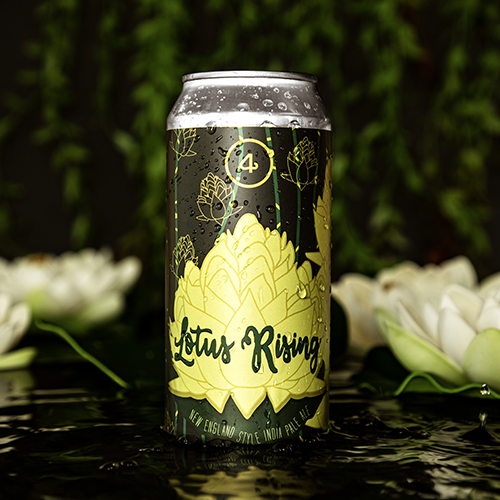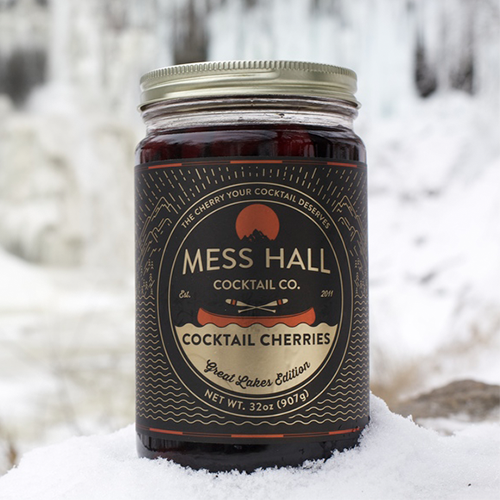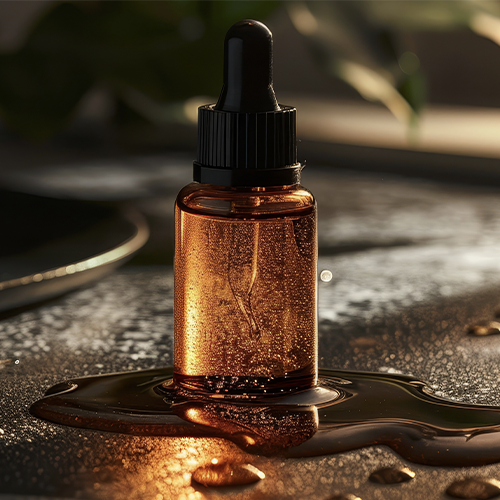Water and Oil Resistant vs. Waterproof: Understanding Label Materials
This entry was posted on May 07, 2024 .
Water and oil-resistant labels are typically sufficient for products exposed to moisture. Materials like BOPP are excellent for these conditions. Read on to learn more about the difference between water and oil-resistant, waterproof, and weatherproof.


Water-Resistant vs. Waterproof
When it comes to selecting the right materials for your product labels, understanding the nuances between terms like "water-resistant" and "waterproof" can be crucial.
Many assume these terms are interchangeable, but there are key differences that can significantly impact your label's performance.
Understanding Water and Oil Resistant Materials
Water and oil-resistant labels, often made from materials like BOPP (Biaxially-Oriented Polypropylene), are designed to withstand exposure to moisture and oils without degradation.
These labels are ideal for products in the food, beverage, and personal care industries where resistance to moisture from refrigeration or oily substances is necessary. However, while they can handle splashes or drips, they aren't built to survive prolonged submersion in water.
Choosing the Right Material:
Truly waterproof materials are those that can be fully immersed in water without absorbing moisture or losing integrity. Waterproof labels are less common because of the stringent requirements needed to achieve this level of protection.
These labels are typically necessary for products that will be used underwater or exposed to prolonged wet conditions.
Application Made Easy:
For products exposed to the outdoors, weatherproof and vinyl labels are often recommended. These materials can handle exposure to rain, snow, and UV rays, making them suitable for outdoor applications.
However, it's important to note that while weatherproof labels can withstand harsh conditions, they are not intended for prolonged submersion in water, which would require waterproof capabilities.


Detailed Comparison: Water and Oil Resistant vs. Waterproof
The main difference lies in the level of exposure each type can handle. Water and oil-resistant labels are sufficient for incidental contact with liquids, whereas waterproof labels are necessary for total and prolonged exposure to water.
Choosing the wrong type can lead to label damage, affecting both the aesthetics and functionality of the label.
The Importance of Material Selection
Selecting the wrong label material can result in labels peeling off, colors running, or text becoming unreadable. It’s not just a cosmetic issue but a functional one too, as the label often contains critical information about the product.


Testing Before Purchasing
To ensure the label material you choose performs well under your specific conditions, Lightning Labels encourages ordering a sample pack or a single sample label. This step allows you to test the labels with your actual product, in the real environment they'll face.
Consulting with Experts
If you’re unsure which material suits your needs best, consulting with the experts at Lightning Labels can lead to better decision-making.
Our team is ready to help you match your requirements with the right label solutions, ensuring your labels meet both your aesthetic and durability standards.
Final Thoughts
Understanding the different label materials and their appropriate applications ensures your products are well-represented in the market and maintain integrity in their intended environment.
Remember, when in doubt, testing and consulting with professionals can save time and resources in the long run.
FAQ: Water-Resistant vs. Waterproof Labels
What are the best label materials for products exposed to moisture?
Water and oil-resistant labels are typically sufficient for products exposed to moisture. Materials like BOPP are excellent for these conditions.
Can any label material be truly waterproof?
Yes, but true waterproof labels require specific materials and adhesives designed for full and prolonged submersion.
How do I choose between water-resistant and waterproof labels?
Consider the level of exposure to liquids your product will face. For incidental exposure, water-resistant is suitable, while waterproof is needed for prolonged submersion.
What should I know about using labels outdoors?
Outdoor labels should be weatherproof to withstand rain, snow, and UV rays. However, for full immersion in water, waterproof labels are necessary.

 Custom Labels
Custom Labels  Custom Beverage Labels
Custom Beverage Labels  Custom Lip Balm Labels
Custom Lip Balm Labels  Custom Warning & Safety Labels
Custom Warning & Safety Labels  Perfume Bottle Labels
Perfume Bottle Labels  Bumper Stickers
Bumper Stickers  Custom Prop 65 Warning Labels
Custom Prop 65 Warning Labels  Custom Stickers
Custom Stickers